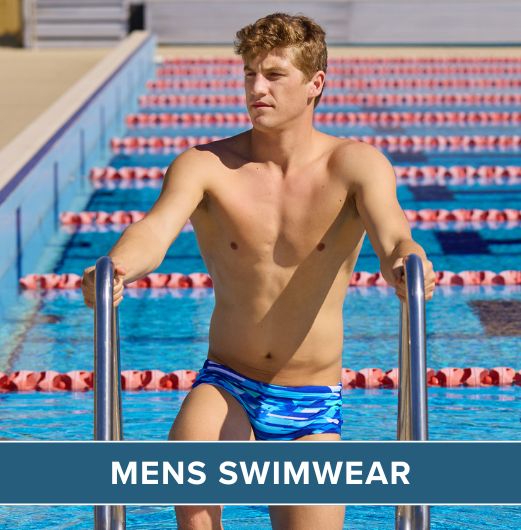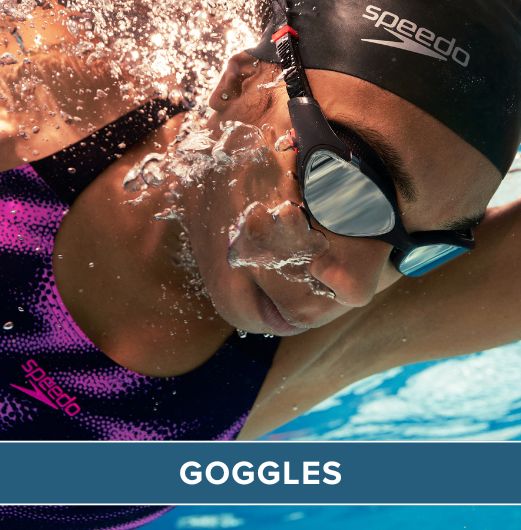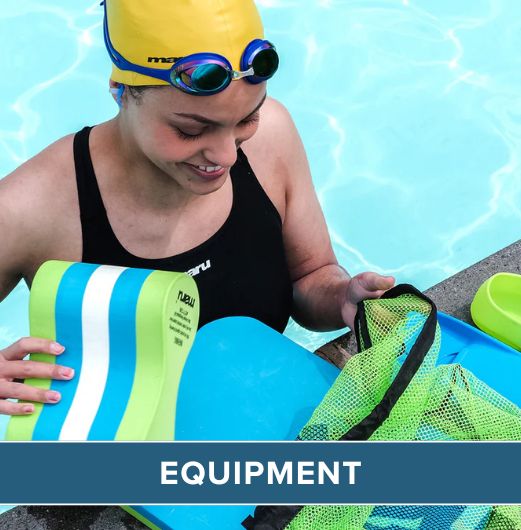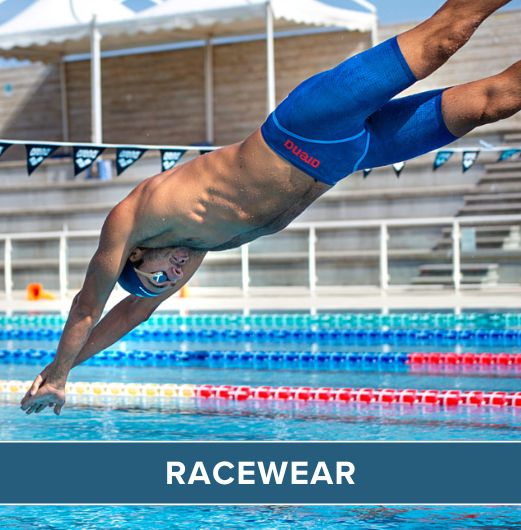All competitive swimmers are aware of the code to follow whilst swimming. This code is as good as law when it comes to lane etiquette, keeping the peace between swimmers and allowing everyone to enjoy their swim without the risk of conflict. But this code, though it's universally known among swimmers, it has never really been put into words.
For those that are new to the lanes that are unaware of such codes, it can be intimidating. So, we have decided to break it down into 10 fundamental rules to abide by when honouring the code.

ALWAYS pick the correct lane for your speed
When you first walk onto the poolside, take a second to look around you to evaluate the lane speeds. You may be a frequent flyer of the fast lane but that doesn't mean to say it's always going to be the right lane for you. The best lane is always the lane that will not impede your, or your fellow swimmers' performance.
Follow the lane direction
Just like you would check your speed, be sure to observe the lane for the direction of the circle - will you be swimming clockwise or anti-clockwise?
There will be lane signs available to refer to, as well as using the flow of the traffic in the lane as a reference. But if you’re still unsure, check in with the lifeguard to be safe. Not only is it incredibly frustrating when someone wrongly starts swimming towards you, but it's also dangerous. Just take a second to ensure that you are going the correct way around.
When entering the lane, make sure it's clear
You shouldn't just jump or slide straight into your chosen lane, much like you wouldn't just drive into a lane of oncoming traffic. Make sure that there are no oncoming swimmers before you enter the pool. If there is no ‘good’ time then sit to the side of the lane to make the swimmers aware that you are there and ready to join the lane, but only enter the water when it is clear and safe to do so.
Wait a minimum of 5 seconds before pushing off
As a courtesy to your fellow swimmers, wait a minimum of 5 seconds before pushing off after someone - even longer if you can. The closer you are to the swimmer ahead of you, the more that person is dragging you along, therefore making your swim easier and theirs harder.

Mind your limbs
Front crawl and Backstroke require you to be streamlined for your technique, the closer you can keep your arms and legs the more efficient your swim will be.
Though when it comes to Butterfly or Breaststroke, your strokes are wider. Be mindful of others when practising these strokes. If possible, move into an empty lane. Alternatively, you could pull one arm strokes where possible, and reduce the size of your kick as you pass another swimmer.
Don't take others equipment
NEVER take equipment from the poolside. When there are floats placed at the end of the lane it's because someone has chosen to put them there. By taking the floats, not only could you be affecting another swimmer's training plan, it is just bad form. Get any equipment you may wish to use before you enter the pool.
*Be prepared, we have a great range of equipment available at Simply Swim*
For those that are new to the lanes that are unaware of such codes, it can be intimidating. So, we have decided to break it down into 10 fundamental rules to abide by when honouring the code.

ALWAYS pick the correct lane for your speed
When you first walk onto the poolside, take a second to look around you to evaluate the lane speeds. You may be a frequent flyer of the fast lane but that doesn't mean to say it's always going to be the right lane for you. The best lane is always the lane that will not impede your, or your fellow swimmers' performance.
Follow the lane direction
Just like you would check your speed, be sure to observe the lane for the direction of the circle - will you be swimming clockwise or anti-clockwise?
There will be lane signs available to refer to, as well as using the flow of the traffic in the lane as a reference. But if you’re still unsure, check in with the lifeguard to be safe. Not only is it incredibly frustrating when someone wrongly starts swimming towards you, but it's also dangerous. Just take a second to ensure that you are going the correct way around.
When entering the lane, make sure it's clear
You shouldn't just jump or slide straight into your chosen lane, much like you wouldn't just drive into a lane of oncoming traffic. Make sure that there are no oncoming swimmers before you enter the pool. If there is no ‘good’ time then sit to the side of the lane to make the swimmers aware that you are there and ready to join the lane, but only enter the water when it is clear and safe to do so.
Wait a minimum of 5 seconds before pushing off
As a courtesy to your fellow swimmers, wait a minimum of 5 seconds before pushing off after someone - even longer if you can. The closer you are to the swimmer ahead of you, the more that person is dragging you along, therefore making your swim easier and theirs harder.

Mind your limbs
Front crawl and Backstroke require you to be streamlined for your technique, the closer you can keep your arms and legs the more efficient your swim will be.
Though when it comes to Butterfly or Breaststroke, your strokes are wider. Be mindful of others when practising these strokes. If possible, move into an empty lane. Alternatively, you could pull one arm strokes where possible, and reduce the size of your kick as you pass another swimmer.
Don't take others equipment
NEVER take equipment from the poolside. When there are floats placed at the end of the lane it's because someone has chosen to put them there. By taking the floats, not only could you be affecting another swimmer's training plan, it is just bad form. Get any equipment you may wish to use before you enter the pool.
*Be prepared, we have a great range of equipment available at Simply Swim*
When it's time for a break - move out of the way
Now you need a break. It's natural for you to become tired during your swim. When you need to stop, tuck yourself into the corner of the lane, or sit on the poolside. By removing yourself from the end of the lane it means that other swimmers can carry on their set without any disruption.

Don't hang onto the lane ropes
Whether you’re taking a break, or trying to pull yourself during backstroke (we see you), you shouldn't ever hang off of the lane ropes. Not only could you cut yourself, but the lane becomes loose and starts to wobble into both yours and your neighbouring lane.
When restarting after a break make sure it's clear
Though we have touched on this already, it's always worth revisiting these rules when it comes to restarting after your break. You do not want to jump straight back into the lane and right back into your swim. Be courteous of those in your lane, wait for them to pass and set off after a minimum of 5 seconds.
Overtaking
If someone taps your feet, don't freak out! Swimmers often tap each other's feet to let them know they want to pass. If you have your feet tapped, all you have to do is move either to the wall or the lane rope and let them pass. If you are coming up to the end of the lane, swim until you reach the end of the lane then stop at the end wall briefly to let them turn ahead of you.
 Free Tracked UK Delivery
Free Tracked UK Delivery Hassle Free Returns
Hassle Free Returns Next Working Day OPTION
Next Working Day OPTION Found It Cheaper?
Found It Cheaper?













